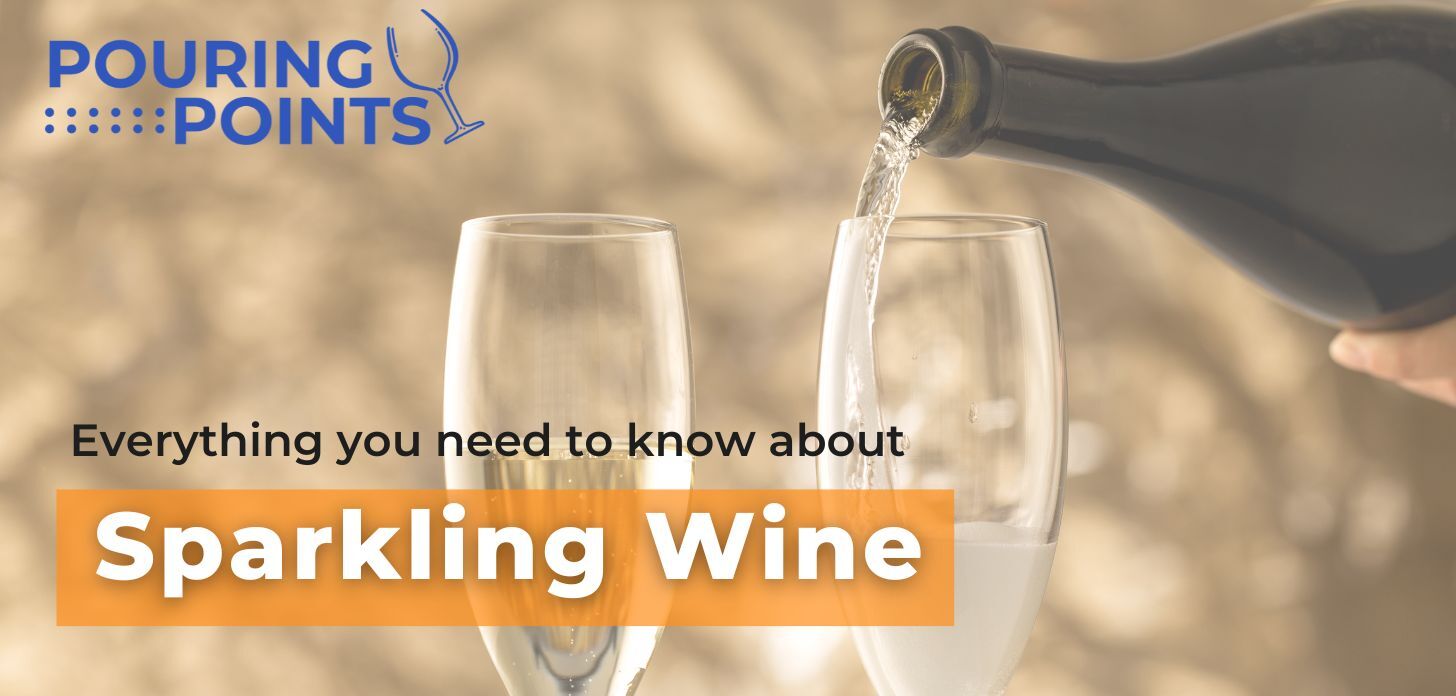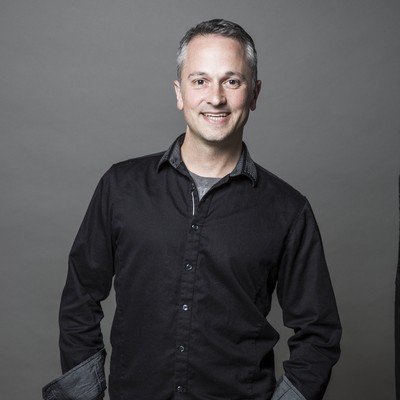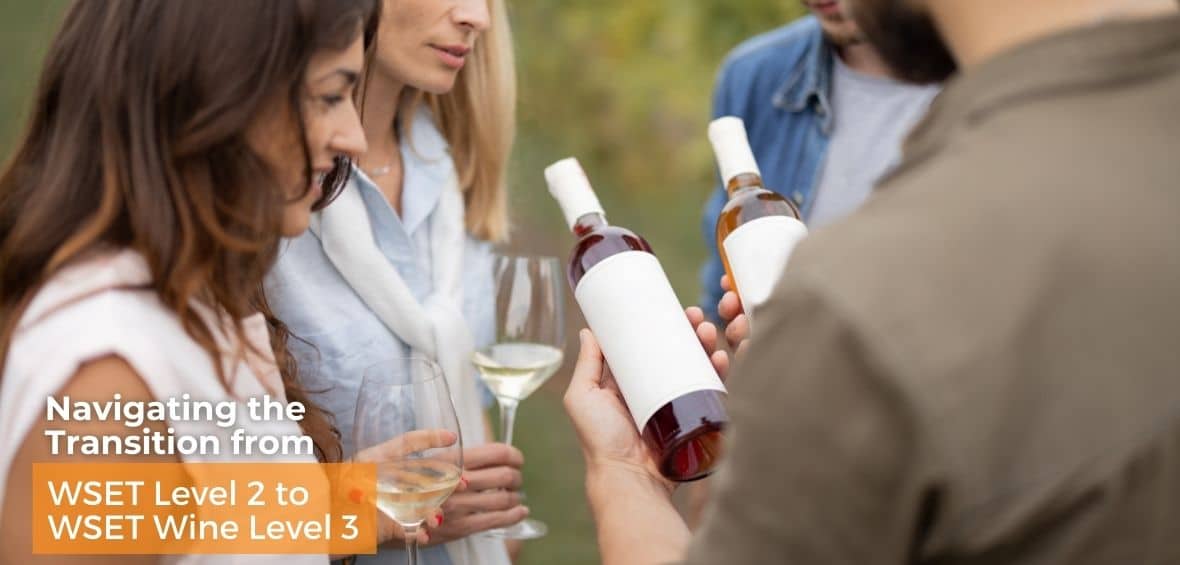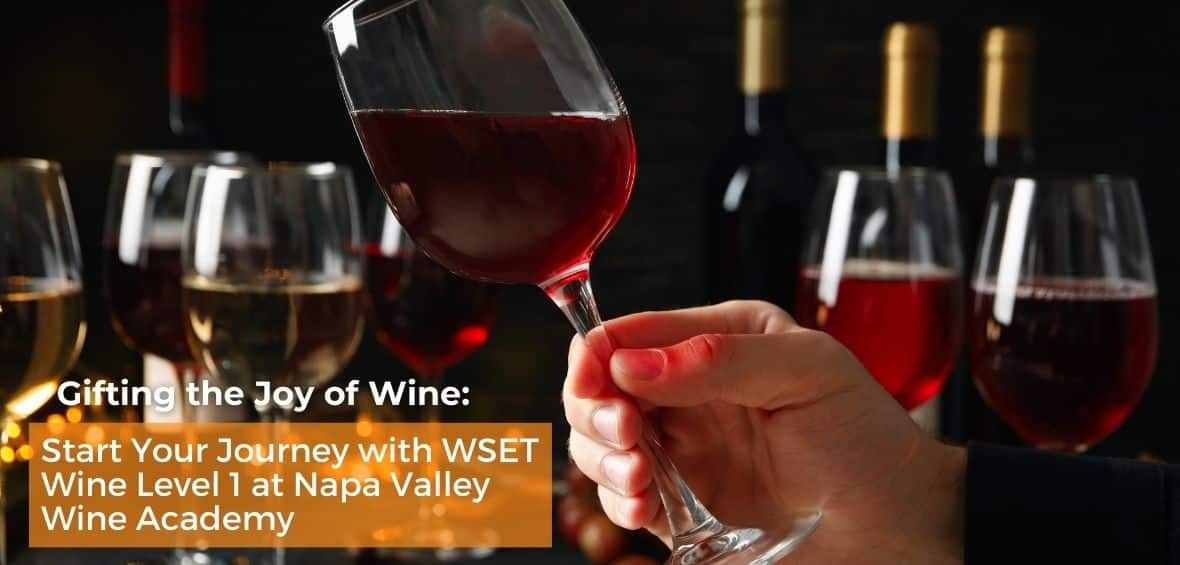Everything You Need to Know About Sparkling Wine: The Ins and Outs of Bubbles for Students of the Vine
by Joe Roberts
It’s sometimes joked that wine lovers know to pop open sparkling wine on special occasions, but real connoisseurs know to pop open sparkling wines on every occasion. If you feel that everyone has been in love with bubbles lately, you’re not wrong.
But aside from knowing that you love drinking it, what do you really know about the global sparkling wine scene? While we can’t help you drink it (unfortunately!), we can help you get to know it better. Here are some of the most important things to know about sparkling wine for anyone who’s serious about being a student of the grape.
>>> Interested in WSET Level 3 in Wine or WSET Diploma D4 Sparkling Wines?
Three Methods of Sparkling Wine Production
While sparkling wine comes in its fair share of variations (more on that in a minute), there are really only three types, which differ based on how they’re made—and the first two account for the vast majority of sparkling production.
No matter how they are produced, all sparkling wines have at least two things in common: high-acidity and a low-alcohol base (cuvée).
To make sparkling wine, the byproduct of fermentation—carbon dioxide (CO2) released by yeasts when converting grape sugars into alcohol—needs to be trapped so that it is absorbed into the wine, rather than being released, thus creating all of those beguiling bubbles (the smaller and more gently persistent the bead of bubbles in the finished product, the better). The style of sparkling wine, and its “flavors,” differ based on how producers perform this essential step. Note that these are not the same as a Wine Spritzer, which is a mix of three parts wine (usually white) and one part sparkling water (or club soda, which provides the bubbles)!
- Traditional Method
Also known as, méthode champenoise or méthode traditionnelle (in France), méthode cap classique (in the southern hemisphere), metodo classico (in Italy), and klassische flaschengärung (in Germany and Austria) This method is used to make Champagne, Cava, most of France’s Crémant sparkling wines (such as in the Loire and Alsace), Franciacorta in Italy, and much of the best sparkling wine in the USA, Canada, Australia, Tasmania, and England. The actual method begins with still base wines that are bottled along with a liqueur de tirage (a mix of yeast and sugar) and are sealed under a cap. These sealed bottles are stored (either in cellars or air-conditioned storage) to allow time for the yeasts to eat the additional sugar, triggering another fermentation inside the bottle, and time to absorb the resulting CO2, building up to 5-7 atmospheres of pressure. The bottles are turned (or “riddled”) either by hand on racks or via an automated system (called a gyropalette), gently moving sediment from this secondary fermentation into the neck of each bottle. Once complete, the sediment is disgorged from the bottle’s neck, and very quickly replaced by a mixture of sugar and wine (liqueur d’expédition)—usually a proprietary blend that determines the sweetness level of the finished wine. Finally, the bottle is corked, capped, and often aged to let everything settle in nicely together. - Charmat Method
Also known as metodo Italiano. Some sparkling wines such as Prosecco and Lambrusco utilize the Charmat method, in which secondary fermentation takes place in a large tank (rather than in individual bottles). In this method, after the base wine is filtered, it’s moved under pressure to a stainless steel tank, undergoes another fermentation to capture the bubbles, and gets a liqueur d’expédition added before bottling. This is easier, quicker, and less expensive than the Champagne method, and produces wines that emphasize fruitiness, and often are targeted at earlier consumption. - Pétillant Naturel
Also known as pét-nat, and méthode ancestrale. Pét-nat has gotten a serious foothold among hipper wine drinkers and is starting to see a bit of mainstream media coverage and success, though it still accounts for a small percentage of all sparkling wines made. This version of sparkling wine achieves its bubbly nature by capturing CO2 during only the wine’s initial fermentation (instead of performing a second).
In all cases, the bubbles and acidity in sparkling wine mitigate the wine’s sweetness, so even off-dry sparklers will feel relatively dry in the mouth. Generally, sparkling wines styles differ based on the following sweetness scale, according to Comité Champagne (from lower to higher residual sugar):
- Brut Nature (0-3 grams/liter)
- Extra Brut (0-6 g/l)
- Brut (0-12 g/l)
- Extra-Sec/Extra Dry (12-17 g/l)
- Sec/Dry (17-32 g/l)
- Demi-Sec (32-50 g/l)
- Doux/Dolce (50+ g/l)
Champagne vs. Sparkling Wine
Technically, Champagne isn’t a wine style; it’s a place in Northern France and an officially designated production area with laws governing what wines can use the term on their labels.
Just as we wouldn’t call a Cabernet Sauvignon made in New York state a “Napa Cabernet,” we shouldn’t really call a sparkling wine made in California a “Champagne”—it’s a bit like calling any adhesive suture a “Band-Aid” (which technically is a brand of suture). Since 2006, it’s been illegal for any sparkling wine made in the USA (apart from a few grandfathered exceptions) to use the term “Champagne” on the label.
The primary grapes used in Champagne production are Pinot Noir, Pinot Meunier, and Chardonnay, with sub-styles named after what grapes are used (‘Blanc de Blancs’ for Chardonnay only, ‘Blanc de Noirs’ for those only containing the Pinot Noir or Pinot Meunier).
With its explosion in popularity in recent years, Prosecco faces a similar naming conundrum—Prosecco is a production region and a regulated wine style in Northeastern Italy’s Veneto, primarily made from Glera grape variety. While other winemaking areas may produce Charmat-style sparkling wines, technically (and legally) those aren’t true Proseccos.
The Best of the Rest
You’re in serious luck if you love bubbles because there’s arguably never been such a plethora of excellent sparkling wines being made worldwide. Outside of Champagne and Prosecco, here are the ones to watch.
Cava
Named after the caves in which the wines were traditionally aged, Cava has been made in Spain’s Penedès region since the mid-1800s. While the Champagne method is used, its traditional grapes are not, instead replaced with the native Macabeo, Parellada, and Xarel-lo. Quality is relatively high, but the prices aren’t, often making Cava a yeasty, bubbly bargain.
California
Coming from grapes grown mostly in the state’s cooler coastal vineyards, California sparklers run the gamut from inexpensive sippers to age-worthy dynamos, hand-made from the traditional Champagne grapes (and using the traditional Champagne methods). While prices can get high, California’s best sparkling producers have several decades of successful experience behind them (with their wines being served to Presidents and dignitaries at White House functions).
Crémant de Loire
France’s enormous Loire region produces a sizable amount of bubbles—upwards of 14 million liters per year. Mostly concentrated in the provinces of Anjou, Touraine, and Cheverny, the Loire’s best sparkling wines are made in the traditional method, and as is typical of the region’s diversity, from a large assortment of varieties including Chardonnay, Chenin Blanc, Cabernet Franc, Cabernet Sauvignon, Grolleau, Pineau d’Aunis, and Pinot Noir. High-quality alternatives to Champagne can be found aplenty there, often at significantly lower prices.
Franciacorta
While wine has been made in Italy’s Lombardy since ancient times, Franciacorta is a relatively new phenomenon, having first introduced its own version of sparkling wine in 1961. It has made up for its ‘youth’ in quality, however. Today, these Italian sparkling efforts are a direct Champagne competitor, offering hand-made, traditional method bubbly crafted using Champagne’s traditional grape varieties. In blind tastings, it can be difficult to discern a great Franciacorta from a vintage Champagne.
Tasmania
Still in its infancy, and producing only a fraction of the sparkling wines to be found on the international market, Tasmanian bubbles are showing the kind of promise that cannot be ignored (with one of them making Decanter’s Best Sparkling Wine in their Wine of the Year 2020 list). The cooler growing seasons offered on this Australian island are perfect for developing the kind of high-acid Pinot and Chardonnay grapes that are ideal for Champagne method sparkling wine production.
Interested in WSET? Click Here to Review all Napa Valley Wine Academy’s WSET Certifications.














